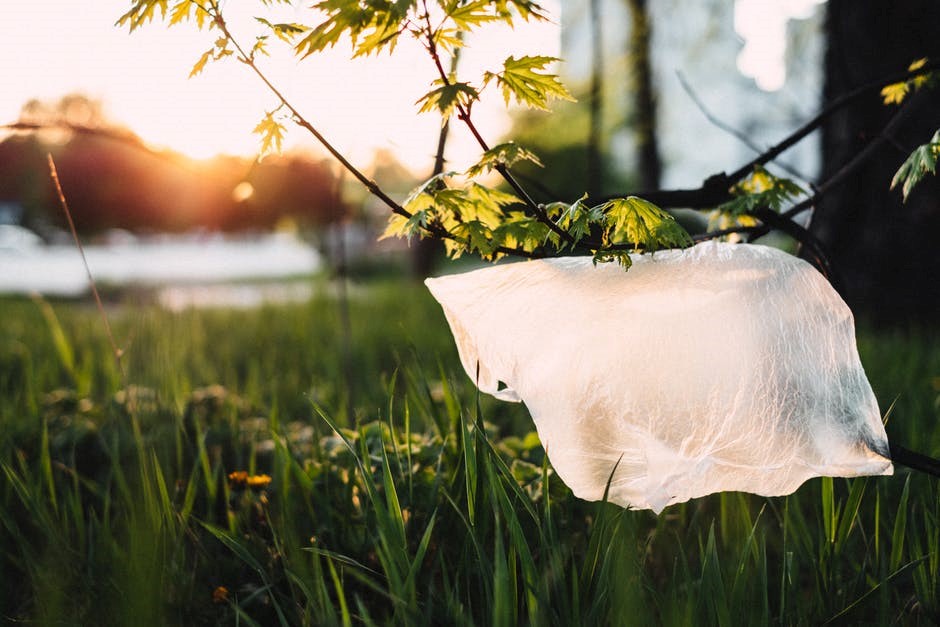Packaging waste is a serious concern for the environment. As a responsible packaging company, we recognise that whilst packaging has an essential role to play in protecting products, it needs to be designed, used, and recycled properly to ensure the environment is protected too.
Plastic packaging in particular is demonised when it comes to the environment. The tricky disposal of many plastics and inconsistent recycling options across the UK mean it can be difficult for end consumers to dispose of all plastics at end of life. It’s often found in our seas and oceans, rightly leading to public outcry (1).
We believe in helping our customers make the right choice for them when it comes to their packaging, which is why we always try and provide a balanced view. So, is plastic really the villain it’s made out to be?
The role of plastic packaging
Hygiene, minimising food waste, ease of distribution and product protection are some of the reasons plastic packaging is used throughout the world. It has many important functions in modern life, which are highlighted by the British Plastic Federation(2):
- Protection – plastic can help protect vulnerable products from damage in transit. It also offers protection from contamination or damage by moisture, humidity, gases, microorganisms, insects, and light.
- Preservation – plastic can preserve products for longer, particularly food. This in turn reduces waste as plastic packaging gives people more time to consume or use products before it is no longer suitable to do so.
- Prevention of waste – products that are kept together, protected and preserved by plastic means waste and spillages are prevented.
- Transportation – plastic packaging enables transport over great distances, so that we have access to a wide range of non-local produce, which in turn encourages global trade.
The biggest contribution that plastic makes to the world is the prevention of food waste. In fact, food waste has ten times the environmental impact of packaging waste, before you even consider the impact of methane from decaying food (3).
There are many types of plastic that have different functional properties such as being safe for food, flexible, transparent, opaque, and chemical and heat resistant. Plastics are therefore an ideal packaging for many modern requirements.
The impact of plastic packaging on the environment
There is no doubt that plastic does have an impact on our environment when it isn’t reused, recycled or disposed of properly. For example, the 2020 International Costal Clean up found over 12,000 kilograms of plastic waste on the UK coast alone (4).
Single-use packaging is a particular challenge, with anything that can’t be reused or recycled ending up in landfill, however it’s not all bad news… In the UK up to 70% of packaging waste is now recycled or reconverted. Of this, up to 46% of plastic packaging is recycled or reconverted, which is double the 22.50% the EU target for plastics recycling (5).
Plastics also have a surprisingly low carbon footprint compared to alternative materials. Typically, plastics use less land, less water and manufacture compared to alternatives. Plastic packaging is also incredibly lightweight, which means it’s easy to transport and less fuel is needed to move it around. In fact, using alternative materials instead of plastic would result in 2.7 times more greenhouse gas emissions during their lifetime (6).
Paper is better, right?
Paper is often touted as a preferable packaging option to plastic. Yes, paper comes from a renewable resource and can be more easily recycled. But the truth is that when it comes to comparing paper and plastic, they both have environmental benefits and flaws. Essentially, there is no right answer in the paper vs. plastic debate
Surprisingly, plastic is a lot more environmentally friendly to manufacture than paper. The production of paper emits 70% more air pollution compared to plastic (7). Manufacturing plastic also used four times less water compared to paper, and half the amount of energy (8, 9). Plastic is also much lighter to transport, meaning less fuel is required to move it.
Both plastic and paper can be recycled too. However, not all plastics are widely recycled meaning they can end up in landfill or as litter. In fact, 80% of plastics found in marine environments were disposed of on land (9).
For a more in-depth comparison of paper and plastic packaging, click here.
What needs to happen next?
Plastic packaging does have a future as it provides essential functions for modern life. However packaging producers, distributors and end users all have a responsibility to apply the use of plastic (or any) packaging wisely.
Reduce –we should use the minimum amount of packaging possible, reducing and eliminating where able (be it plastic or paper). This will reduce the environmental impact of manufacturing and waste materials created at the end of life.
Reuse – where possible we should use packaging multiple times to help minimise environmental impact and excess waste.
Recycle – using packaging that is both made from recycled materials and recyclable helps improve packaging sustainability and reduces environmental impact.
To successfully limit the impact plastic and all other packaging has on the environment these basic principles will need to be supported by long-term changes that overhaul how we all view packaging and waste management. Simplifying waste collections, investing in UK recycling infrastructure, eco-friendly packaging development and consumer education will all play an integral part in protecting the environment.
For support with making your packaging more sustainable, contact the Network Packaging team. Email contact@networkpack.co.uk or call 01902 496 666.
Sources












